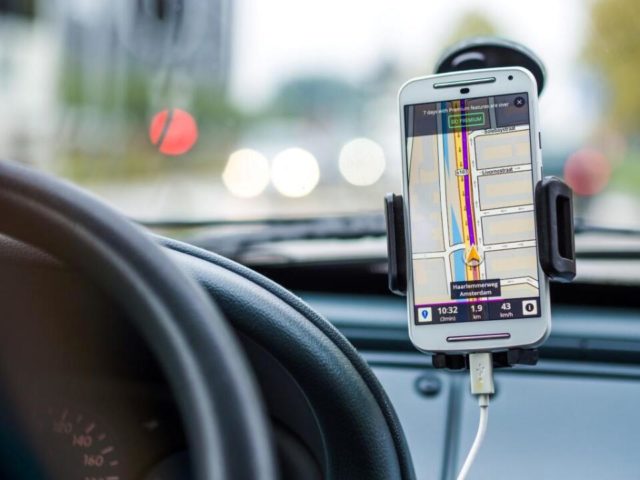One day, out of the blue, I was told to go to the shop to buy a loaf of bread and I was supposed to go ALONE this time
Getting around gets more complicated as you get older. When you’re an infant you get carted around gently cradled in someone’s arms, or you are pushed around in a stroller or even strapped to a willing adult in one of those kangaroo slings that have become so popular these days.
Toddlers get to walk around swinging both arms or clapping, but there is always – or there should be – an attentive adult nearby to protect them or suggest the correct direction to be taken to reach the desired destination. Of course, toddlers are very independent and stubborn, so suggestions of destinations have to be made very carefully.
But it gets worse.
One day, out of the blue, I was told to go to the shop to buy a loaf of bread and I was supposed to go ALONE this time.
I had been to the shop dozens and dozens of times with my brother or friends; I had been in the car many times as we drove past the shop and I knew exactly where the shop was. It was less than a kilometre away, and it was down a straight road.
But I was terrified to go alone.
At one time I was visiting friends in Pretoria. My friend would drive around and point out roads and landmarks to me. He would explain to me how important it was to know when you were travelling north and when you were going south in Gauteng. I nodded as I listened with half-an-ear.
Then one day I had to travel from Pretoria to the southern suburbs of Johannesburg ALONE. These were the days before the advent of the Global Positioning System (GPS) and cellphones, so I had to drive, read road signs and stay in my lane all at the same time.
It was harrowing.
Decades later I got terribly lost in Johannesburg. It happened because I was relying so heavily on the GPS stuck to my windscreen that I didn’t read the signs. The sadistic woman on the GPS thought it would be a good idea to take me through the heart of the city past taxi ranks and clogged intersections.
These days before I take a trip, I study a map so that if my GPS makes a ‘mistake’ I can compensate. Even with the improvements in GPS technology, if you miss the signs you can quickly get into trouble. This became even clearer recently.
Some nights after work I travel home along Synagogue Street. Now, something that always alarms me is the fact that it seems that cars travelling along Memorial Road just simply ignore the stop signs at the intersection between Memorial and Synagogue.
During the day the traffic flow is fine and everyone follows the law, but at night you have to be extra cautious at that intersection.
I discovered why one night as I was driving down Memorial Road. I suddenly had to jam my foot on the brakes because I almost rolled through the intersection myself. I wondered if I had been daydreaming. It worried me so much that when I headed home I drove back along the same route.
It was then that I saw that the two huge stop signs meant to stop traffic travelling up and down Memorial do not have reflective surfaces. During the day they are clearly visible, but at night you just don’t see them. Here’s an accident waiting to happen.
Another sign that we are not seeing in Kimberley is the fact that far too much water is being wasted – megalitres in fact.
Frustrated citizens are wondering why their gardens should die when so much water is running down the streets so we defiantly water our gardens which doesn’t help the situation at all.
The waterworks department is probably at their wits’ end. But their case is not being helped, especially when you look at other municipal workers – probably from a different department – sleeping in their wheelbarrows whilst on duty.
Yet we can only wonder what our excuse will be when the current water crisis gets to a critical stage.
Will we be justified in saying that we just didn’t notice the signs?








